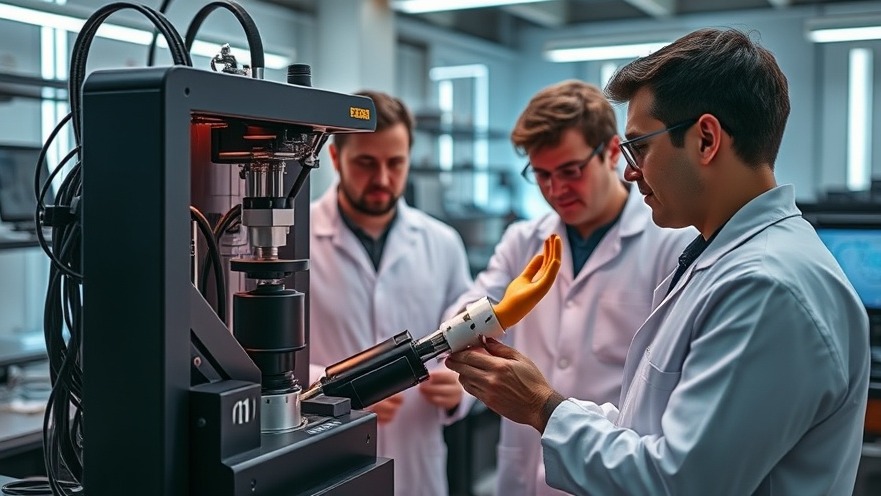
How 3D Printing Is Shaping Personalized Health Care
The evolution of three-dimensional (3D) printing is revolutionizing the health care landscape, transitioning from traditional, mass-produced solutions to tailored treatments that cater specifically to individual patient needs. This shift signifies a monumental change in how medical professionals approach patient care, often enhancing outcomes and improving the overall patient experience.
Transformative Opportunities in Prosthetics
Custom prosthetics exemplify the power of 3D printing in health care. Innovations in 3D-printed prosthetic hands specifically designed for children highlight this technology's ability to deliver lightweight and adaptable solutions that conform to a child's growing body. These advancements not only make prosthetics more accessible but also drastically reduce manufacturing costs and time. Case studies demonstrate that many children using 3D-printed prostheses notice improvements in mobility and self-esteem compared to traditional options.
Beyond Prosthetics: The Scope of 3D Printing
The implications of 3D printing extend far beyond prosthetics. For example, custom implants and surgical tools enhance the precision of operations, making procedures safer and more efficient. The ability to create patient-specific models enables surgeons to better plan their approaches, potentially reducing operating time and complications during surgeries.
Historical Context: From Prototypes to Practical Applications
The journey of 3D printing in health care began in the 1980s with techniques such as stereolithography. This innovative approach allowed for the layer-by-layer construction of prototypes, drastically enhancing the ability to visualize and fabricate complex shapes. Medical professionals quickly recognized the potential of these technologies to produce tailored implants and prosthetics, marking the beginning of personalized medicine.
Bioprinting: The Next Frontier in Health Technology
Another promising area within 3D printing is bioprinting, where living cells are utilized to create functioning biological structures. This field has garnered attention since 2013, when Organovo created the first 3D-bioprinted liver tissue, paving the way for potential organ transplantation solutions. Current research focuses on refining techniques to produce viable organs, but success will require overcoming many scientific and logistical challenges.
Statistical Insights on 3D Printing Impact
According to a recent statistical study, 3D printing in the medical field is projected to reach a value of $4.24 billion by 2028. This rapid growth can be attributed to numerous factors, including advancements in material science, regulatory acceptance, and the rising demand for personalized health solutions.
Practical Steps for Health Practitioners
For health care practitioners looking to integrate 3D printing into their practices, consider starting small—perhaps by collaborating with local 3D printing specialists or companies that focus on medical applications. Familiarizing yourself with existing solutions, such as custom molds or printing services for prosthetics, can provide immediate benefits for your patients.
Emotionally Transformative Impacts on Patients
Providing patients with tailored solutions through 3D printing instills hope, significantly impacting their emotional and psychological health. Stories of young patients receiving unique prosthetics echo the broader benefits of personalized care—creating transformations not just physical but emotional as well.
This change fosters a stronger relationship between practitioners and patients, where personalized care is not just about treating a condition but enhancing overall well-being. By embracing these advancements, practitioners are positioned to support their patients better and push the boundaries of modern health care.
 Add Row
Add Row  Add
Add 






Write A Comment